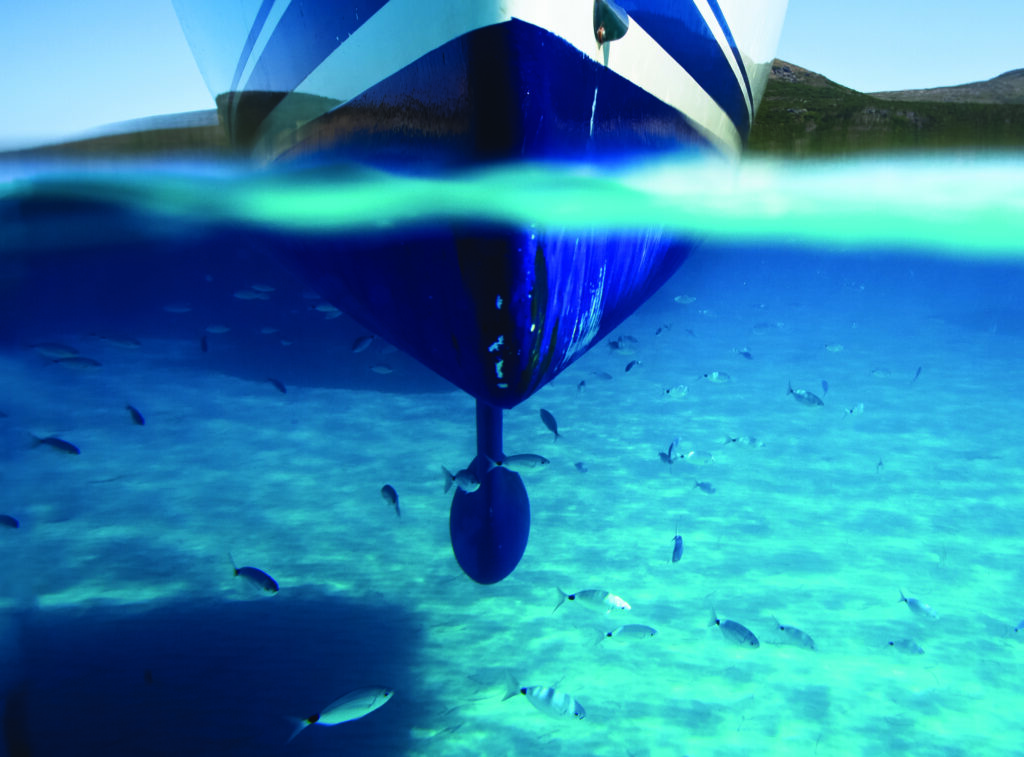ACA recently submitted comments to the Washington State Department of Ecology (DOE) on its third draft report to the state legislature regarding antifouling paints. Notably, DOE’s draft report highlights the importance of ensuring that there are safe and efficacious antifouling paint products for sale and use in Washington state.
ACA’s comments noted its agreement with DOE’s recommendation to delay the ban on copper-based antifouling paint and conduct another review of relevant studies and information for inclusion in a follow-up report that will be submitted to the legislature by June 30, 2029.
However, while underscoring research discussed and conducted in the report, ACA sought a clarification in the draft report related to the studies referenced regarding salmon in freshwater environments. The draft report notes, “In Washington State, one of the motivations to phase out copper in antifouling paints is to protect culturally and ecologically important species, such as salmon. The sublethal effects of copper on Coho salmon, and particularly on the salmon’s sensory function, have been well documented (Baldwin et al, 2003; McIntyre et al., 2008, 2012; Sandahl et al., 2007; Hecht et al., 2007).”
ACA urged DOE to clarify in its report to the legislature that the studies cited take place in freshwater environments and not marine saltwater. The majority of WA DOE’s study is focused on saltwater environments, including three of the four testing sites. ACA maintained that this important distinction should be noted because a data gap exists regarding dissolved copper’s effect on salmonid olfaction in saltwater environments.
“In fact, some studies show that the olfactory effect of copper is significantly reduced in marine saltwater environments,” stated ACA comments. “It’s critical for WA DOE to include language in its report to the legislature that highlights this distinction, as the current draft implies that dissolved copper has the same effect in marine saltwater. This important distinction will assist in the direction of future evaluations and studies in Washington.”
ACA also addressed the report’s reference to the U.S. Environmental Protection Agency’s maximum allowable leach rate for antifouling paints that contain copper is 9.5 µg/cm2 /per day (see page 4). ACA encouraged DOE to clarify in its report to the legislature that this maximum allowable leach rate only applies to coatings used on recreational vessels.
Contact ACA’s Rhett Cash for more information.
